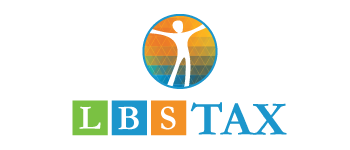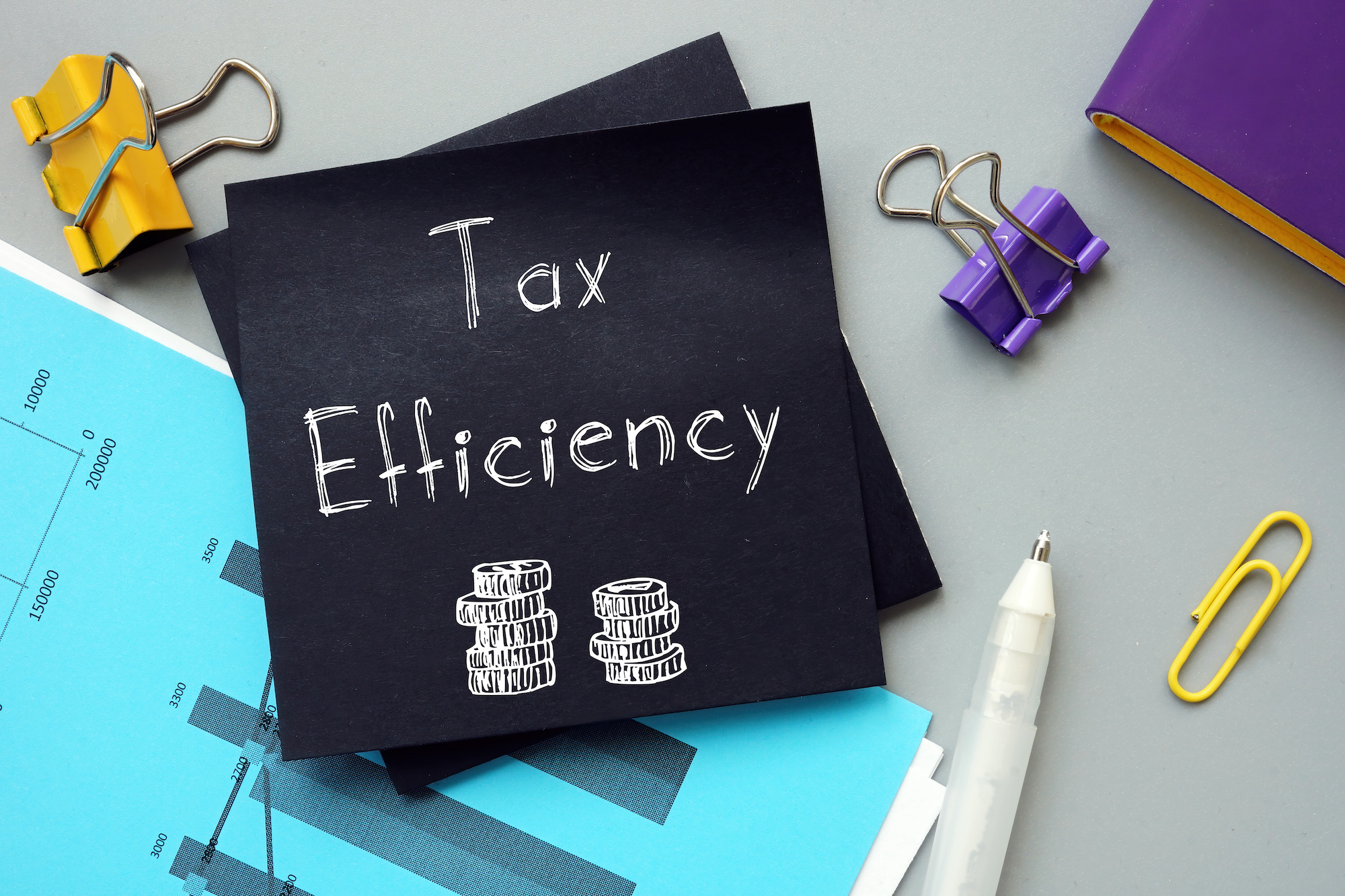As a small business owner, keeping a close eye on your profit and loss statement is crucial for maintaining the financial health of your business. However, it’s not enough to simply review your financials at the end of the year, which is what so many business owners do. To truly optimize your tax planning and maximize your tax efficiency, conducting a half-year review of your profit and loss statement is essential. We’ll explore the importance of mid-year financial evaluations and the advantages that early tax planning can bring to your small business.
Why a Half-Year Review Matters
1. Identify Trends and Seasonality: Conducting a mid-year review allows you to identify patterns and trends in your business’s financial performance. By having this insight, you can anticipate seasonal fluctuations and adjust your tax planning accordingly. By understanding your revenue and expense patterns, you can optimize your cash flow and make informed decisions about tax deductions and credits.
2. Adjust Projections and Forecasts: A half-year review provides an opportunity to compare your actual financial performance against your initial projections and forecasts. If there are significant deviations, it’s crucial to revise your expectations and adjust your tax planning strategies accordingly. This proactive measure ensures that you have an accurate representation of your business’s financial position, helping you avoid surprises like large balances due when tax season arrives.
3. Optimize Tax Deductions and Credits: By reviewing your profit and loss statement mid-year, you can identify potential tax deductions and credits that may be available to your small business. This proactive approach enables you to maximize your eligible deductions and take advantage of any new tax incentives or changes in legislation. Planning early gives you ample time to gather the necessary documentation and ensure you don’t miss out on valuable tax-saving opportunities.
4. Manage Cash Flow Effectively: Understanding your business’s financial position halfway through the year allows you to make informed decisions about cash flow management. By identifying areas of excess expenditure or potential cost-saving measures, you can optimize your cash flow and allocate resources more efficiently. This, in turn, may have a positive impact on your tax liability, ensuring you have the necessary funds to cover your tax obligations.
Personally, I like to take time and review what the company is spending money on and are we using it. It is so easy to sign up for a software that will revolutionize your business that you never use. By reviewing the expenditures, we can see what we need to cancel that isn’t utilized.
Advantages of Early Tax Planning
1. Reduce Stress and Avoid Last-Minute Rush: By conducting a half-year review and engaging in early tax planning, you can avoid the stress and time constraints often associated with last-minute tax preparations. Procrastination can lead to oversights, errors, and missed opportunities for tax optimization. By planning early, you’ll have sufficient time to gather the necessary documents, seek professional advice if needed, and ensure your tax filings are accurate and compliant.
2. Make Informed Financial Decisions: Early tax planning empowers you to make informed financial decisions for your small business. By having a clear understanding of your tax obligations and potential savings, you can align your financial strategy accordingly. Whether it’s investing in growth opportunities, optimizing expenses, or adjusting pricing strategies, early planning provides valuable insights that can positively impact your business’s bottom line.
3. Capitalize on Strategic Opportunities: By conducting a half-year review and engaging in early tax planning, you position yourself to capitalize on strategic opportunities. For example, you may identify tax-efficient ways to reinvest profits, explore new business structures, or take advantage of changes in tax laws that could benefit your business. Early planning gives you the flexibility to evaluate and seize these opportunities before they pass you by. Many tax strategy suggestions cannot be done after year’s end.
4. Save, that is right. If you know that your business is succeeding in making money, save money to pay your taxes. The IRS assess penalties if estimated payments are not made during the year. So it is important for business owners to money in order to have the funds needed to pay the business taxes or if it is a pass-through entity to pay their taxes.
For small to mid-size businesses, conducting a half-year review of the profit and loss statement is not just a routine financial exercise. It is a proactive approach to tax planning that can significantly impact your business’s financial health and tax efficiency. By identifying trends, adjusting projections, optimizing deductions, setting aside money for taxes and managing cash flow effectively, early planning allows you to reduce stress, make informed financial decisions, and capitalize on strategic opportunities. So, don’t wait until the end of the year to address your tax obligations—start your mid-year review now and unlock the benefits of proactive tax planning for your small business.

